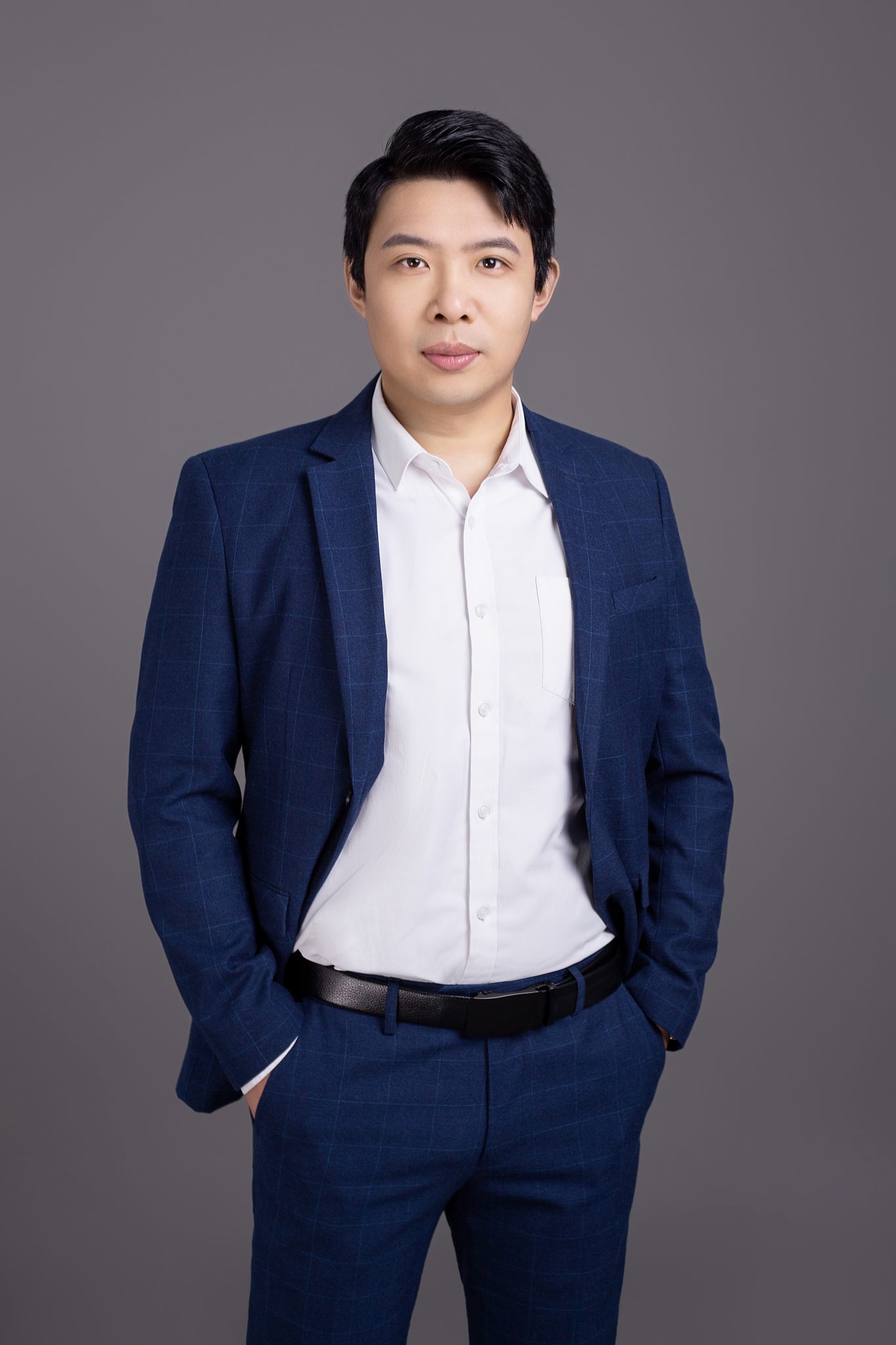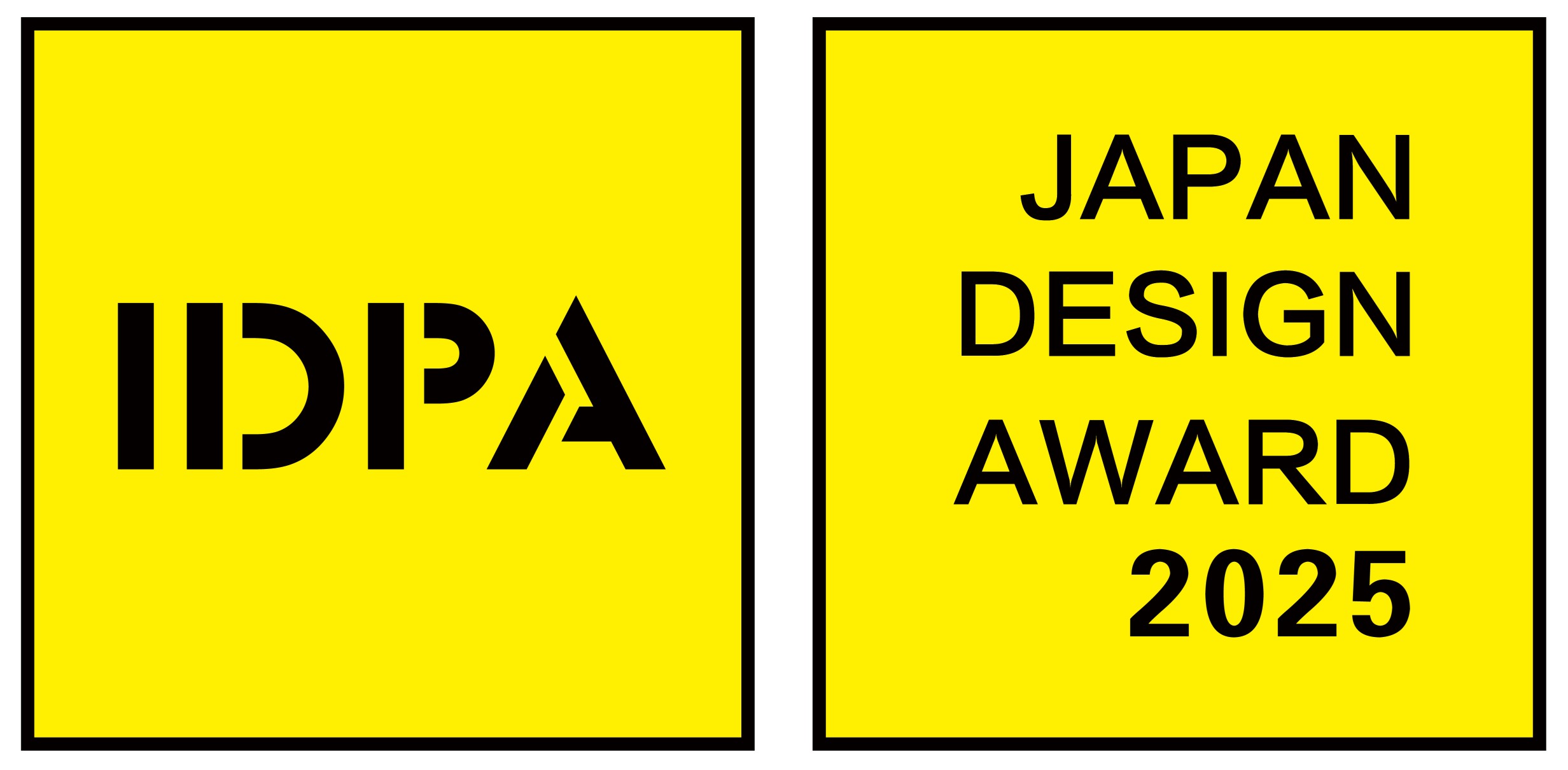- 2025 Prize
- From Culture Office
BELUGA Art Center
Project Description
Design Statement for BELUGA Exchange Art Center
Guided by the core philosophy of "Environmental Protection • Art • Adaptability," this parent-child art center creates a flexible, green-sustainable, and art-imbued space through innovative spatial planning and facility design. It caters to diverse parent-child art activities, fostering creativity, interaction, and environmental consciousness.
1. Spatial Adaptability Design
Multifunctional Movable Partitions: The center employs movable partitions combining felt and glass. The felt panels serve as dynamic display boards, allowing children to showcase their artworks and event notices with pushpins, enhancing their sense of artistic achievement and interactivity. The glass panels function as writable surfaces for markers, ideal for sketching ideas, teaching demonstrations, or collaborative art projects—both practical and eco-friendly. These partitions can be freely repositioned, working in tandem with flexible curtains to divide or integrate spaces, swiftly transforming the environment into independent or open areas for art workshops, parent-child creation sessions, or small-scale art lectures.
Flexible Furniture Configuration: White mobile tables with wheels and colorful transparent folding chairs enable easy rearrangement. Whether for painting classes, handicraft making, or art-sharing gatherings, the modular furniture adapts seamlessly to different activity scales and forms, maximizing spatial efficiency.
Movable Walls and Curtains: As shown in the images, wooden movable walls slide or rotate to partition spaces rapidly. Neutral-toned white and light brown curtains add softness while defining zones, creating private or semi-private art spaces that balance openness and intimacy. This adaptability ensures each activity—from messy art projects to quiet art appreciation—has a tailored environment.
2. Practice of Environmental Protection Concepts
Sustainable Material Selection: Eco-friendly, recyclable, or renewable materials such as wooden panels, felt, glass, and polycarbonate PC panels are prioritized. These materials minimize environmental impact while infusing the space with natural warmth. The durable felt-glass combination reduces waste by enabling repeated use, aligning with the center’s commitment to sustainability. For a children’s art space, non-toxic materials also guarantee safety during creative processes, eliminating risks from harmful chemicals.
Efficient Resource Utilization: The flexible spatial design eliminates single-function waste, allowing a single area to host multiple art activities. For example, movable partitions and curtains convert a gallery into a classroom or a parent-child interaction zone in minutes, reducing energy consumption and construction costs while maximizing utility.
3. Enhancing Parent-Child Art Interaction
The design breaks from rigid layouts, using dynamic spaces to meet the diverse needs of parent-child art activities. The ground floor features a low-ceiling activity area tailored to children’s heights, creating a safe, child-centric environment for art exhibitions, hands-on creation, or parent-child collaboration—sparkling imagination and creativity. Upstairs, classrooms offer quiet, focused learning spaces, separating teaching from interactive activities to avoid distractions. The interactive felt and glass partitions encourage parent-child engagement, turning art-making into a shared experience. Thoughtful lighting and material choices further cultivate an artistic ambiance, allowing children to absorb aesthetic values subtly and fostering their appreciation for art.
By integrating environmental protection, artistic inspiration, and spatial adaptability, this design reimagines parent-child art spaces as flexible, green, and heartwarming environments. It exemplifies an innovative model for modern art education, empowering children to explore the artistic world freely while nurturing family bonds and ecological responsibility.
Qian Tao
Professional Titles
Principal Architect, Monan Architectural Design
Member, China Europe International Design Association (CEIDA)
Council Member, Taicang Youth Artists Association
Member, Taicang Interior Design Research Society
Educational Background
China Academy of Art
Bergische Universität Wuppertal
Honors & Awards
1.Red Dot Design Award (Germany)
2.Lite-On Technology Innovation Award (Taiwan)
3.Winner, 5th Zhenhai Cup International Industrial Design Competition
4.Winner, Huangyan Industrial Design Competition (China)
5.Design China • Crystal Kylin Award
6.Jintang Prize for Urban Top 10 Figures (2022)
7.Jintang Prize for Urban Top 10 Figures (2023)
8.Jinzhu Prize for Urban Top 10 Figures (2024)
9.Honorary Credential Gold & Silver Prize (2022)
10.Cover Feature in France Design Focus Magazine (2023 FDC AWARD)
11.6th American International Innovation Design Award (AIIDA)
12.MUSE Design Awards Platinum Prize (2024)

